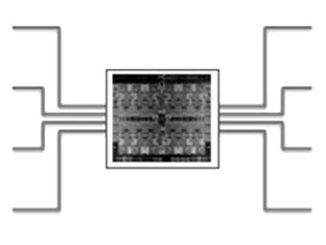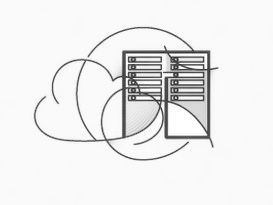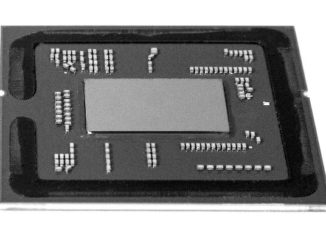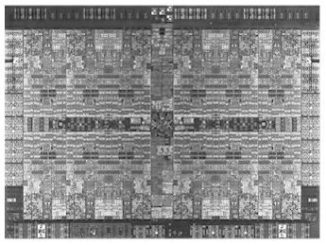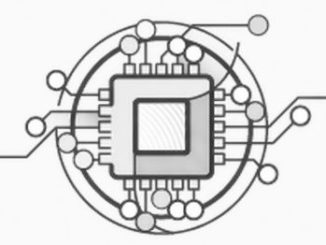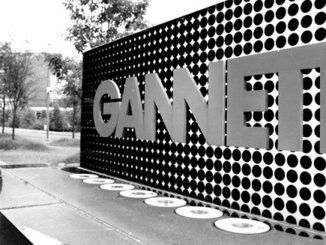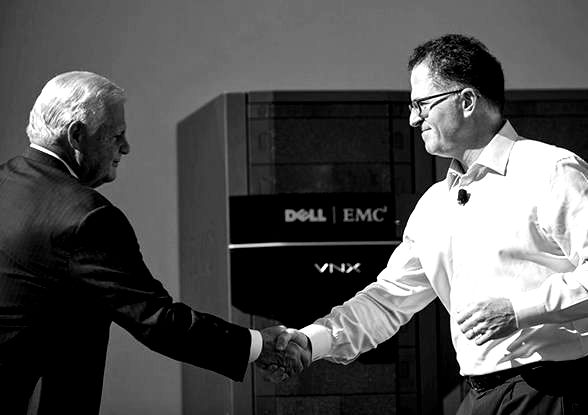
With EMC And VMware, Dell Must Start Building A Platform
Now that the dust is starting to settle after Dell’s blockbuster $67 billion deal to acquire storage behemoth EMC and, by extension, its controlling interest in server virtualization juggernaut VMware, it is time to start thinking about what this means for the datacenters of the world. …

